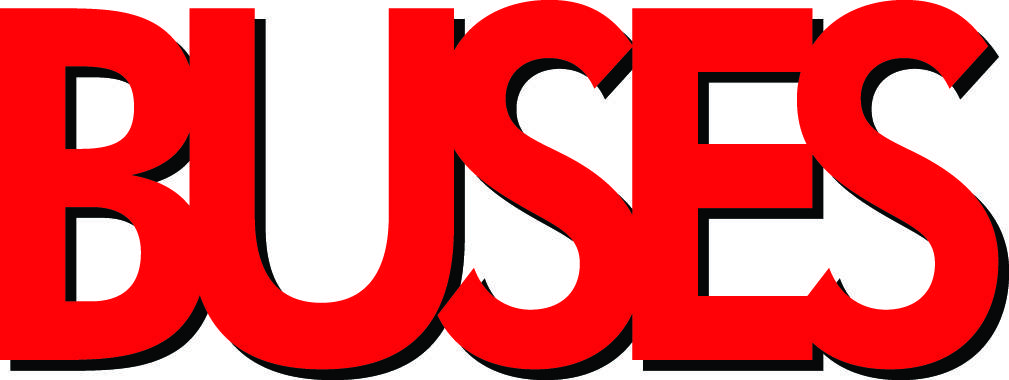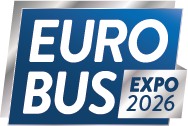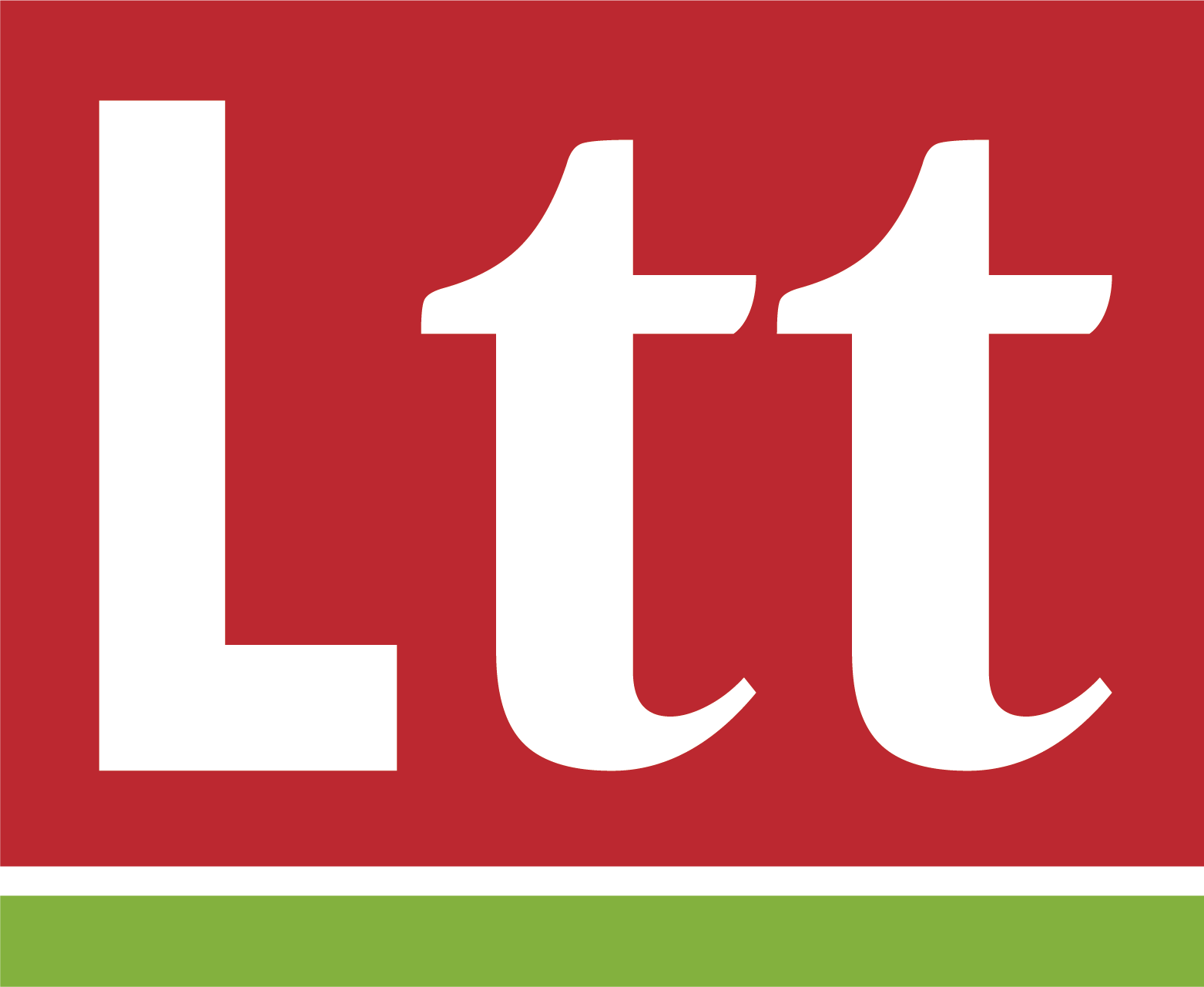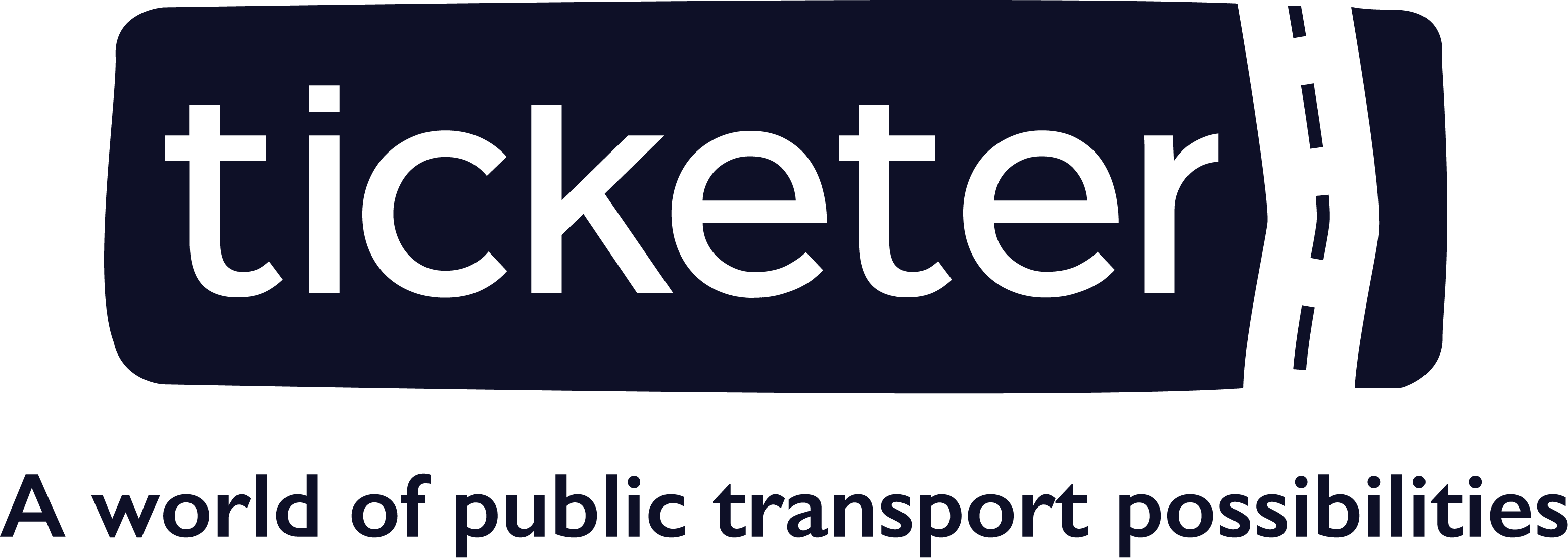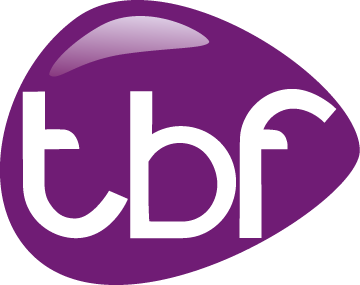The Peter Huntley Memorial Award
sponsored by

Peter helped to found the UK Bus Awards in 1995 and we have dedicated this award in his memory as the category that best represents the breadth of his interests and his passion for excellence.
About the Award
This Award is designed to recognise and reward initiatives, projects or innovations which add value to, or improve the attractiveness of, bus services – primarily by reducing the generalised cost of bus travel.
The judges were looking for a scheme, project or partnership that achieved one or more of the following:
- improved the provision of an existing bus service
- improved passenger facilities on an existing bus service
- provided a genuinely innovative new service
- improved services through new infrastructure or facilities giving faster and/or more reliable journeys.
Results 2017
Winner, Gold Award
London’s Bus Priority Programme – Transport for London
Transport for London’s (TfL) Bus Priority Programme is investing in bus priority to deliver, quicker and more reliable journey times for bus passengers throughout London. TfL is working alongside bus operators and London Boroughs to identify locations where bus priority is most needed and can improve journey times and reliability. So far, the programme has delivered over 230 schemes in the past three years with 135 minutes of passenger time savings as well as helping to reduce the impacts to bus passengers of increased traffic congestion in London. The programme is also developing and delivering the bus network infrastructure required to support London’s expanding population, which is expected to reach over 10 million in the next 20 years. Much of this population growth will take place in areas poorly served by existing public transport, such as Barking Riverside, Thamesmead and the Upper Lee Valley. TfL has been working with these London Boroughs and developers to look at potential bus network infrastructure which can be installed so that new residents choose to travel by bus rather than rely on cars from day one.
As congestion in London is increasing, making journey times longer for all vehicle users, the judges thought it was good to see the initiatives being taken by Transport for London to address bottle necks and other measures to reduce bus journey times. They also noted the work being done in areas being redeveloped for housing and business to put in bus priority measures as the road infrastructure is being built.
Winner, Silver Award
Vantage – First Manchester and Partners
Transport for Greater Manchester’s creation of the North West’s first guided busway and First Manchester’s Vantage services in 2016 has introduced a premium bus service that connects Leigh, Tyldesley and Ellenbrook to, from and through Manchester city centre’s Oxford Road. The 4.5-mile guided busway section is supported with bus lanes along the remainder of the route reducing peak journey times by 20 to 30 minutes. The project is one of the two largest schemes in Manchester’s bus priority programme, and includes three park and ride sites in Leigh, Tyldesley and on the East Lancashire Road, that collectively provide more than 400 spaces which are free to use by anyone continuing their journey by bus. First Manchester provides up to eight Vantage buses an hour along the busway. The fleet comprises 25 hybrid buses, providing free Wi-Fi, high quality seating complete with top deck table areas, real time audio and visual on-board information displays and USB charge points. In its first week, 28,000 customers used the service which has almost doubled to 50,000 within a year. Twenty percent of passengers said they had stopped using their cars for the same journey and had actively switched to the bus since April 2016. More than half said they had access to a car either as a driver or passenger, but still chose the bus.
The judges were pleased to see that the scheme was achieving substantial modal shift, also helped by the use of better quality vehicles. They also noted that the new services were especially effective when linked with the bus priority measures on the East Lancashire Road.
Winner, Bronze Award
Improving out of town employment sites in partnership with Liftshare – Stagecoach Midlands
Stagecoach Midlands developed an opportunity to run bus services around the start and end of shifts at an out of town employment site, which, it realised, fitted nicely around its school services. Distribution/warehouse sites typically have relatively low paid staff, many of whom do not own cars. Often these centres want to expand, but have have exhausted their local labour market and need to bring staff in from a wider catchment area, but have no more space for staff parking. After an introduction by Warkwickshire County Council, Stagecoach Midlands began working with Liftshare, which was already established with many large employers, and both saw that buses and sharing cars were complementary and together presented a strong agreement when visiting new employers. Stagecoach Midlands has now expanded services across a number of sites in Warwickshire and Northamptonshire and in all cases put on extra journeys, increased bus capacity and expanded days and times of operation.
Proving that buses are a very good option for out of town employment sites, the judges were very impressed with Stagecoach West Midlands’ innovative scheme. They liked the comprehensive approach and partnership with Liftshare, commenting that this demonstrates a good source of new passengers as trips to high streets decline.
Finalists
Arriva Busway Services – Arriva Midlands
The Luton and Dunstable Busway is the longest urban guided busway in the world and is still a high profile transport project. It opened in September 2013 and Arriva has been committed to the project from initial conception to completion. When it first opened Arriva operated four buses an hour, increasing to 11 in 2016 and 13 this year. Passenger growth from 2015 to 2016 was over 25% and from 2016 to 2017, growth continues at over 30%. Services along the Busway has produced proven modal shift and parallel services have also seen growth in excess of 9%. With significantly reduced journey times, refurbished buses, free Wi-Fi and great value Busway specific tickets, the Busway network that Arriva operates really does make buses a better choice for travelling between Luton and Dunstable and beyond.
In another demonstration that bus priority really works, the judges were pleased to see that services along Luton’s busway have increased and improved over the past 18 months.
Doing more for less in Surrey – Metrobus
Metrobus worked with Surrey County Council to convert three lightly used rural subsidised bus routes into an inter-urban network creating new links between towns, villages, tourist attractions and an airport. The aim was to put the resource to much better use and boost usage of the routes, rather than managing decline of the socially necessary services, bringing them closer to commercial viability. The new network was delivered at a cost saving to the council, delivering more for less at a time of reduced supported service budgets.
The judges said it was impressive to see a bus operator taking the initiative to work with a local authority, not only to save local bus services, but expand them into an inter-urban network on an almost commercial basis.
Robin Hood Network Smart Ticketing – Nottingham City Council
The Robin Hood Network is a partnership between public transport operators in Greater Nottingham, including bus, tram and rail operators, as well as Nottingham City Council and Nottinghamshire County Council. The scheme is administered by Nottingham City Council, but is strongly supported by the regular involvement and input from operators and local consultants. The Robin Hood Network provides a comprehensive suite of multi-operator, multi-modal tickets and smart cards for travel across Nottingham for adults, students and juniors. The latest development is the Robin Hood Pay As You Go travel card, one of the first of its kind in the UK outside of London. The network also has 125 on-street ticket vending machines to provide a comprehensive retail network. The scheme aims to deliver simpler, integrated ticketing for Nottingham to make public transport more attractive and accessible for existing users and new users.
In a city which already has individual operator smart ticketing, the judges noted that it was good to see that this new multi-operator ticket is fast becoming the established smart ticket brand for Nottingham.
Orange and Royal Blue reinvigorated – Reading Buses
Reading Buses harnessed customer demand and feedback from its other innovative services alongside with its own ideas to work with industry partners to specify new environmentally friendly double deck gas buses and lightweight, fuel efficient Wright Streetdecks buses when it re-launched its Orange and Royal Blue routes. Orange route vehicles have a high quality interior without adding lots of weight and innovations including a store for free umbrellas, social seating including ‘banquette’ sofa and table with interactive tablet, kerbside illuminations, large bins, double-height destination and offside displays, glass roof panel and staircase and Euro6 engine with stop-start technology. Royal Blue routes were launched this year with double deck CNG gas buses specified with a high quality interior featuring large bins, a table upstairs with wireless mobile charging pad and free 4G WiFi/USB charging, as well as a trial of two designated wheelchair spaces which will be monitored to consider rollout on future orders. Both services offer full next stop audio/visual customer information systems including a screen viewable from the wheelchair bay, clear white crystal LED external displays and external destination audio repeaters. Both routes have seen a comprehensive makeover which included bus stop dressing and marketing campaigns. Orange services have seen growth of 5.74%, while Royal Blue’s town centre launch with BBC TV coverage and new gas buses has brought 23% passenger growth.
The judges thought it was good to see that Reading Buses are constantly innovating and re-invigorating two of its already well established branded routes.
Who could be nominated?
Entries were welcomed from operators, authorities and others specifying and securing services, partnerships and tourist agencies.
… and by whom?
Nominations were accepted from all eligible organisations and self-nomination was acceptable.
Criteria and Entry Requirements
The judges were looking for entries which added value to, or otherwise improved, bus services by making them faster, more efficient, offer improved passenger facilities or able to provide a better service. Decisions were based on the quality of the submissions made and the extent to which they address the criteria.
Note that where schemes had equal or equivalent merit, the final determinants were the nature and extent of improvements for customers and the degree of priority accorded to buses.
Entry submissions were therefore required to:
- Describe the services or schemes involved.
- Describe the objectives set for the initiative.
- Describe how the needs of existing and potential additional passengers, including those with mobility difficulties, were met
- Describe any environmental benefits and show how any environmental impacts were minimised
- State whether a partnership was involved. This may include service specification and financing and any interested bodies, including local authorities, local bus operators and other commercial organisations or user, leisure and tourist representative groups
- Describe how:
- needs and potential needs were assessed, including details of market evaluation and customer research
- potential customers were informed of the improved or new product(s)
- interest in, or desire for, the product(s) was assessed
- customers’ access to the product(s) was facilitated.
- Indicate the methods used to measure:
- the progress made towards meeting the objectives
- overall patronage
- the impact of promotional campaigns before, during and after the initiative
- State whether any subsequent changes were made as a result of the monitoring
- Supply statistical evidence showing the results of the initiative in terms of patronage, revenue or other appropriate indicators and modal shift.
- State whether the results are likely to be sustainable
- Describe any future plans for further development
- Include any relevant supporting material.










